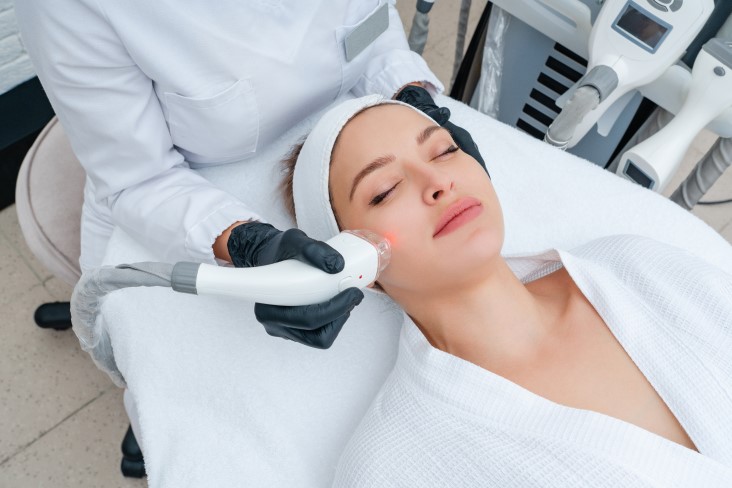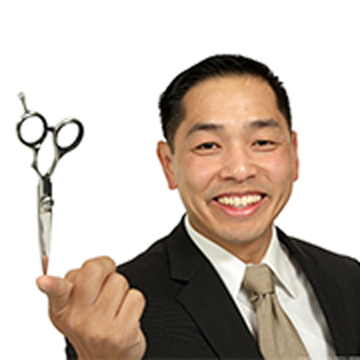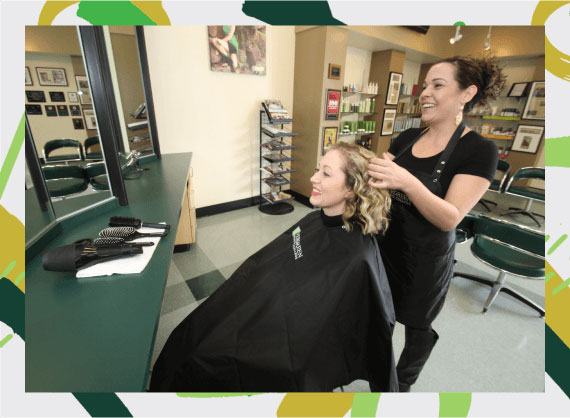3 Popular Facial Treatments for Esthetician Students To Play With

Mariakray – stock.adobe.com
If you’re an esthetician student, you’re going to be learning a lot about facial treatments as a whole. There are many different facial treatments that might be beneficial for your skin in a number of ways, and part of esthetician training is learning about those different treatments. However, if you really want to do as much as possible with your facial treatments, you’ll want to experiment with them to come up with treatments your clients really love. Here are three of the most popular treatments for you to try and experiment with.
1. Microdermabrasion
Microdermabrasion essentially buffs away the top layers of your skin. The most common method of microdermabrasion is utilizing a handheld instrument, which sprays small crystals across your skin. Those crystals exfoliate on a microscopic level. Then suction will be used to vacuum off those exfoliated dead skin cells.
This is similar to any other kind of exfoliation, except that it can be much more precise and much deeper than traditional exfoliation. With traditional exfoliation, you have to use your fingers to exfoliate, which means you can’t exfoliate an area any smaller than a finger. Microdermabrasion allows you to exfoliate with nearly surgical precision.
2. Chemical Peels
A chemical peel is a skin process where an esthetician applies a chemical solution to the skin to remove the top layers chemically. Similarly to microdermabrasion, this will remove the upper layers of dead skin cells, but using a different method. Light and medium peels may be used for aesthetic reasons, while deep chemical peels are typically only recommended by doctors to remove scars or precancerous growths.
If you’re looking to play on and improve upon chemical peels in your practice, it’s probably going to be by changing elements of how you prep the skin and help soothe the skin afterward. The actual process of creating and applying chemical peels has to be relatively standardized, as applying chemical mixes to the skin can be dangerous if you don’t have the right mixture or process.
3. Laser Skin Resurfacing
Laser skin resurfacing is essentially what it sounds like. A laser is used to remove skin very precisely and deliberately, layer by layer. The intent is to allow new skin cells to grow back precisely, which can give your skin a younger-looking appearance by removing the old dead cells and replacing them with fresh new ones.
Of all these treatments, laser skin resurfacing is the one that can be the most dangerous. If someone is treating their whole face, they may need to go under general anesthesia; if they’re treating small areas, they will likely have local anesthetic applied to the areas in question. As with chemical peels, playing around with laser skin resurfacing is often about learning new ways to use it in conjunction with other skin treatments.
Conclusion
Esthetician students have a lot to learn when it comes to the various procedures they may end up using with clients. Most esthetician students learn the basics of these procedures, then learn to incorporate them into their practice in increasingly unique ways. If you’ve ever wondered how you might be able to perform these kinds of procedures for clients yourself, you might want to look into the esthetics course at Evergreen Beauty College. Here, you’ll learn everything you need to know to start your journey toward making these facial procedures more your own.




